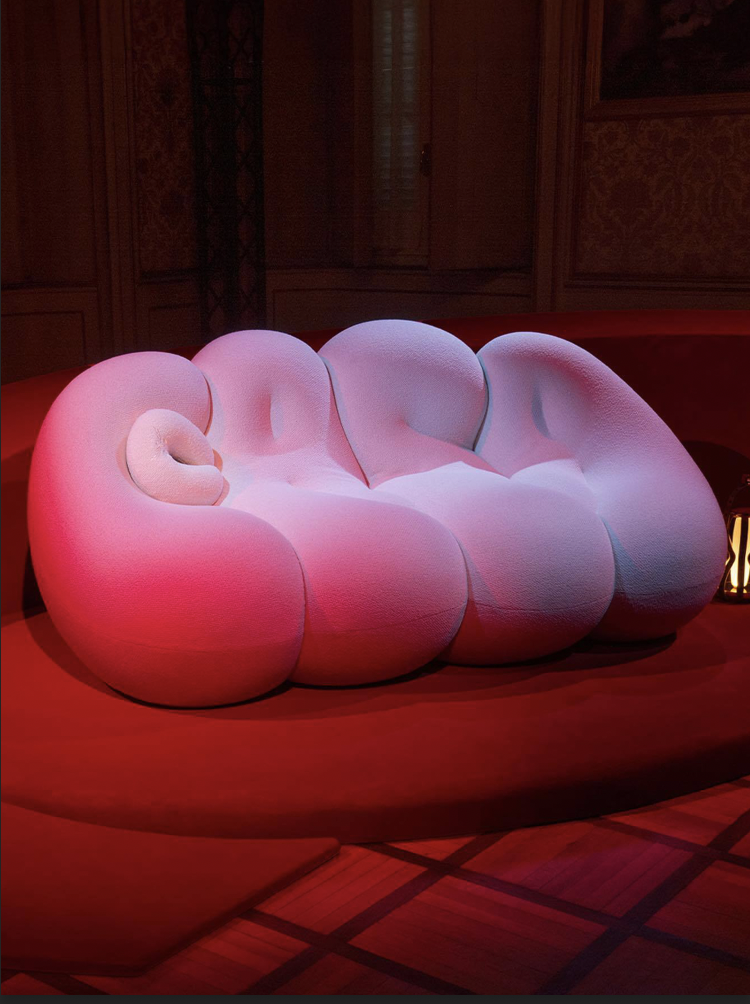Conservative rule only further entrenches classism in the arts
The Conservative party has been in power since 2010, when it formed a coalition government with the Liberal Democrats (snakes). At the time the UK deficit – when a nation’s spending exceeds its income – under Gordon Brown’s Labour Government stood at 6.9 percent of GDP; levels which hadn’t been seen for decades. Whilst many suggested that this was due to the former PM’s liberal public spending, it was largely due to the recession that had ripped across the international financial sector in 2008. However, when David Cameron came to office in 2010 he immediately embarked on an economic programme of “austerity” to curb to this ballooning deficit.
Before 2010, “the age of austerity” was previously only used to refer to the years following World War II. However, David Cameron’s administration created a second age of austerity that continues to this day. His fiscal programme cut public spending (health, education, care for the most vulnerable people in society) by billions of pounds. Whilst the Tories styled themselves as the “responsible grown-ups” coming to clean up Labour’s financial mess, their ruthless financial programme was really an abnegation of responsibility. In pursuit of whatever numbers they wanted to see on the balance sheets, Cameron’s cabinet decided that striving for a better, more equal society and fulling their basic duty of care was no longer a priority.
The devastating impact of austerity on the UK populace cannot be understated. The number of people on waiting lists for NHS treatment has almost doubled, rising to 4.4 million. People using food banks have risen from 41,000 to 1.2 million. Under current Conservative plans, UK child poverty will rise to 40 percent. However, to the Conservative Party this doesn’t matter. Deficit has fallen to under one percent, and that’s all they care about; not even the fact that national debt more than doubled since they came to power, reaching £2 trillion.
Canvassing for Labour, Green and SNP; taking to social media to slam the Tories and going to the polls to cast an anti-Tory vote are ways people have resisted Conservative rule this general election season. Artists, musicians, designers and filmmakers have also done important work; using their work and platform to spread a political, pro-equality message. Support for Labour seems like a natural choice for the UK’s creatives, with collectives like Creativity4Change and Grime4Corbyn lobbying hard in support of a Labour Government.
Likely, creatives support lies with Labour as Conservative rule has been viciously detrimental to the UK’s cultural sector: aggravating an already entrenched classism within many fields. The Tories “no frills” approach to cultural strategy has entailed dramatic cuts to arts scholarships, creative subjects in public education and community outreach programmes. This not only makes it increasingly difficult for individuals from lower income backgrounds to break into the arts but deters them from making a sustainable living in many instances. As it stands, it’s largely only individuals from middle and upper class backgrounds that have the resources to comfortably pursue a creative career — with everyone else being forced to work doubly hard in already cut-throat industries.
In a move backed by the likes of M.I.A and I, William Blake director Ken Loach, Labour presented an “Arts for All” manifesto to help rebuild the UK arts sector with investment of £1 billion. In the general election race only Labour has emphasised the importance of an accessible arts sector to help all people realise their full potential, feel fulfilled and continue to spread positive change through their work.
We spoke to individuals in the fields of visual art, fashion design and illustration to hear about how austerity has impacted the arts and their perspective on why we need to get the Tories out.
Erin Aniker
Erin Aniker is a Turkish-British artist and illustrator whose politically-engaged work champions a sense of collective good and community. This election week, she sat down with us to discuss her involvement with pro-Labour collective Creativity4Change. Below, she tells us the changes needed to improve access to the creative industries.
To make arts accessible we need to stop ongoing, drastic cuts to the Arts Council, properly re-open and fund the 750 youth centres and 14,500 youth/ community worker jobs which have been lost under the Tories. This would mean that children and young people can actually experience creative activities in youth centres. The creative industries must be a career option that young people can see themselves in and making a living from.
I think fundamentally saving the NHS is one of the biggest factors in the upcoming election and one of the main reasons why I voted for Labour. You can’t even think about a career in the arts, or a career, or anything else in general if you don’t have your mental and physical health in check. We need access to counsellors and a properly-funded NHS. Save our NHS!
Liv Wynter
Hailing from South London, Liv Wynter is an interdisciplinary artist and an activist speaking out against inequality in all of its guises. Here, they tell us how austerity has impacted the culture sector and explain why working class voices in the arts are so vital.
Austerity has impacted everything in a horrific manner, and to focus on the arts feels unproductive. Austerity has ruined the arts because it has closed youth groups, it has underfunded schools, it sees working class and disabled people dying in their homes, it killed Khadija Saye, it allowed Tracey Emin to get comfortable enough to be a Tory. It has eradicated the possibility of art in young people and in oppressed groups because it has killed the potential of a career in arts. It is unsafe to be an artist. During my career as an artist, I have had to sign on and I have lost my home. I sold-out a run at a theatre two weeks ago and this month have two shifts from my zero-hour, minimum wage, contract job and am potentially going to need to sign on again. Where is my stability?
This way of living is toxic to my mental health, every month I am unsure if I will make rent. As artists, we are freelancers, and we often work seven days a week just to survive. The invoice system is deeply classist. When you are working cash in hand or paycheque to paycheque and then are suddenly expected to wait over a month to be paid for work? It’s impossible. Austerity is a death sentence – for everyone.
People from working class backgrounds have to fight tooth and limb for everything, we have to beg, borrow, and steal, often in ways that feel humiliating. Any time I meet a working class artist I want to hold them very tightly and say; ‘We’re going to fucking make it, and what we are doing is vital. We are at a horrible crunch-time politically, and voices like ours must be heard, even if it is screaming and shouting. We must continue to make divisive and difficult work. To step away from the arts and allow it to only be a playground for rich kids would be horrific.’
Heather Glazzard
Heather Glazzard is a Yorkshire-born artist and photographer whose work explores queer embodiment and community. Their “Queer Letters” series was recently featured in HUNGER’s Listen Up issue. They discuss how a lack of funding impacts creatives like themselves.
Cuts to arts education and a lack of funding and scholarships just gives working class artists less opportunity. Personally, it put me in debt. I got called for a scholarship for my art course last year, but it was given to a rich person on my course. This led me to get a loan outside of university and now I owe two times the tuition fee because it’s only poor people that are given bad loans.
We need different points of view in the arts, not just from upper and middle class people. Art is about reflecting society and if we only have the stories of rich people, it feels like the art world is telling us working class people that we don’t matter. It’s just damaging to everyone, especially working class people who are also minorities.
Celia Calderón Asensio
Celia Calderón Asensio is a Spanish designer whose creations have been seen in the likes of Vogue Italia. Ahead of this year’s general election she participated in the Anti-Fascist Legendary Labour Fundraiser. She discusses the impact of austerity on fashion students and recent graduates alongside her Brexit anxiety as an EU national living in the UK.
As an EU student I wasn’t eligible for the Maintenance Loan during my studies in the UK but even my British friends struggled to afford art materials. You get the same maintenance grant money wether you are studying a BA in Fashion Design or one in Maths, which doesn’t make sense given the amount of resources you need to purchase in a creative degree. Universities themselves don’t provide a great deal of materials either.
High fees dissuade people from lower income households from studying creative subjects at university altogether, there’s a mentality of; ‘why get yourself in so much debt to study something that may not even get you a job?’ For those who pursue fashion design, there’s also an expectation to do four or more internships (often unpaid) by the time you graduate, then an expectation to do more after that. In the fashion industry there are people interning after graduating from a masters, it’s a joke!
I can’t vote in today’s election but I want to stress that Brexit has also caused me particular distress and anxiety as a Spanish person in the UK!

